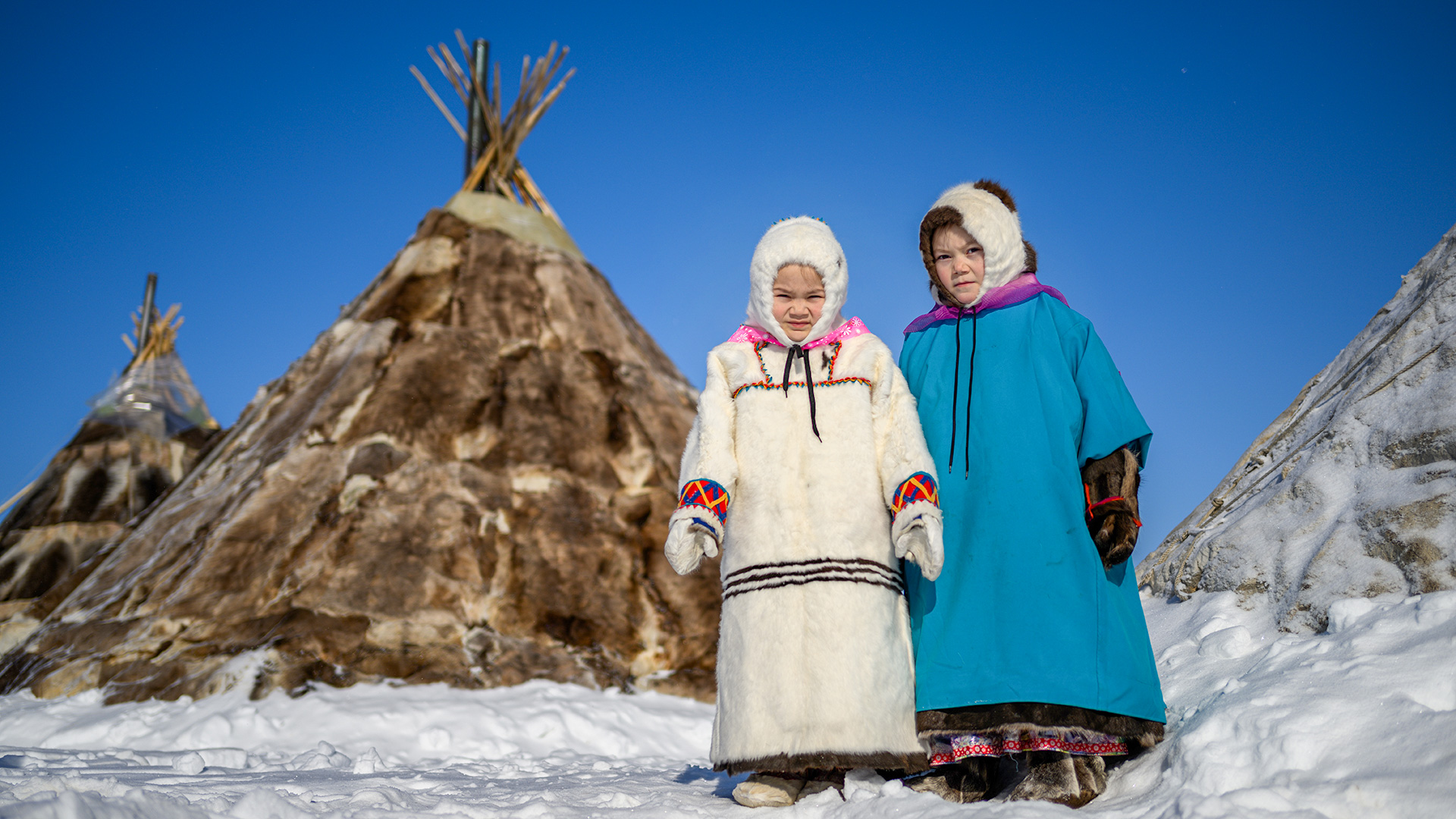
How blue shoe covers became quintessential Russian footwear

Every Russian who grew up during the Soviet era or in the 1990s holds a vivid childhood memory: standing with schoolmates before entering a museum – be it a fine art gallery, a nobleman’s country estate or the renowned Hermitage. The excitement of escaping regular school lessons was often tempered by the anticipation of enduring what seemed like a monotonous tour.
 Felt slippers
Felt slippers
Yet, the most memorable part of these museum visits wasn’t the art or the history – it was the experience of shuffling through the halls in oversized felt slippers. Even while clad in bulky winter boots, children’s feet would slip and slide in these giant slippers, held on only by a flimsy elastic band. To a child, these slippers were reminiscent of prehistoric skis, allowing for nothing more than a rustling, cautious gait akin to scaring away stingrays in the ocean.
 Felt slippers in the estate of the great Russian artist Polenov
Felt slippers in the estate of the great Russian artist Polenov
These slippers, known in Russian as ‘bakhily’ in Russian, were picked from a large basket at the museum’s entrance of a museum, where finding a matching pair was a game of luck. At the end of the visit, they would be tossed back into the basket, perhaps to be worn by another generation in years to come, creating a unique, though somewhat quirky connection between generations.
Happy ugly feet: Russia’s version
The concept of 'happy ugly feet' isn't unique to Russia. The New Yorker once ran an essay titled ‘Happy Ugly Feet’ about Birkenstock sandals – a style associated with a preference for comfort over appearance.
Like Birkenstocks, which have become a cultural symbol, Russia's own ‘happy ugly feet’ are embodied by the ‘bakhily’ shoe covers. In Russian, ‘бахилы’ (‘bakhily’) can also mean waterproof fisherman’s boots, a nod to their functional purpose: not to keep the feet dry, but to protect the floors over which they tread.
Combatting the eternal slush
For about nine months of the year, Russia contends with slush – a mix of rain, snow and the remnants of city life (read more about this phenomenon here). Shoes inevitably become soaked and muddy, even in urban settings.
 Palace Square in St. Petersburg
Palace Square in St. Petersburg
This reality has led to a cultural norm where Russians typically remove their shoes in favor of slippers upon entering a home.
But what about public spaces? Without the ‘bakhily’, floors would require constant cleaning to combat the mess brought in from outside. The solution? Shoe covers.
A tradition of practicality
Historically, Russians relied on galoshes to manage outdoor conditions. Dating back to the 19th century and popular until the 1960s, these rubber shoe covers were worn over regular footwear, symbolizing a practical approach to the harsh Russian climate.
 Tsarist-era galoshes advertising posters
Tsarist-era galoshes advertising posters
They were so ubiquitous that even the Romanov court used galoshes from the Treugolnik factory, while peasants wore them over valenki boots to protect against moisture.
 Valenki boots with galoshes atop
Valenki boots with galoshes atop
In Soviet times, museums introduced felt slippers to prevent damage to delicate flooring, and the practice of changing shoes extended to workplaces and schools. It's not uncommon to see students with an extra pair of shoes alongside their school books.
The modern ‘bakhily’ phenomenon
Today, ‘bakhily’ are still a very common sight in clinics, hospitals, childcare facilities and certain museums and salons during the cold season.
 A historical movie's filming crew members put on bakhily so that not to damage an estate's floor
A historical movie's filming crew members put on bakhily so that not to damage an estate's floor
As a nod to progress, these shoe covers have evolved from reusable options to disposable plastic variants, marking the modern iteration of Russia's unique solution to keeping public spaces clean. Below is how they look now:
Upon entering the aforementioned places (as well as many others), you’ll usually find two baskets – one labeled “clean bakhily”, the another – “dirty bakhily”, available for use at minimal or no cost. Their presence is a simple, yet effective way to maintain cleanliness, reducing the need for constant cleaning.
 Bakhily line in a hospital
Bakhily line in a hospital
As summer arrives, these baskets disappear, only to return with the onset of the rainy fall, continuing a tradition that, while perhaps quirky to outsiders, is a deeply ingrained part of Russian life!













